Pinnacles National Park
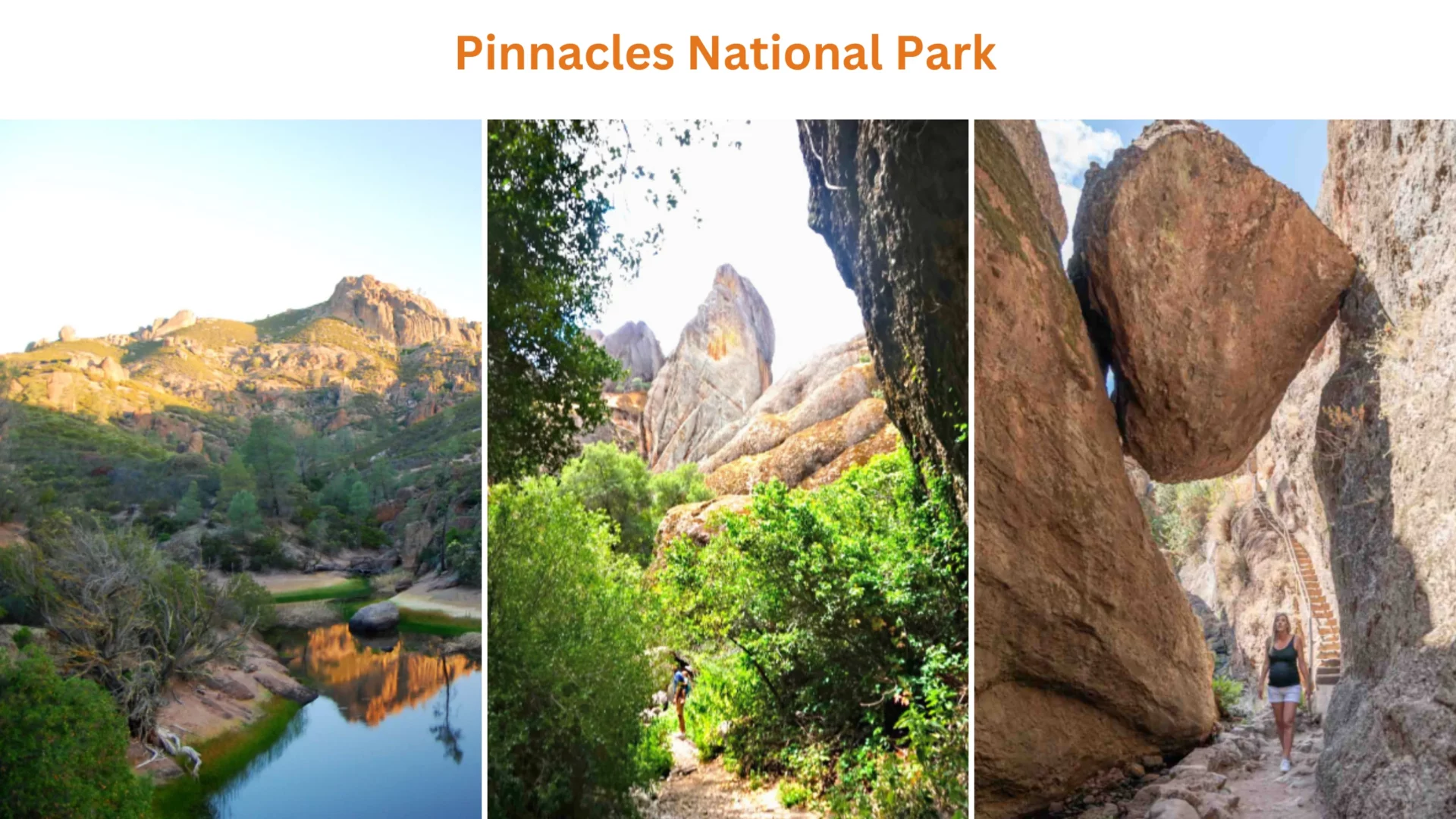
Pinnacles National Park is a remarkable park in California known for its unique rock formations, stunning caves, diverse wildlife, and excellent hiking trails. Erosion caused by water and chemicals and tremors caused by the San Andres Fault Line Activity are some of the natural processes that have contributed to the park’s extraordinarily distinctive Californian terrain. The fault line itself passes through the park.
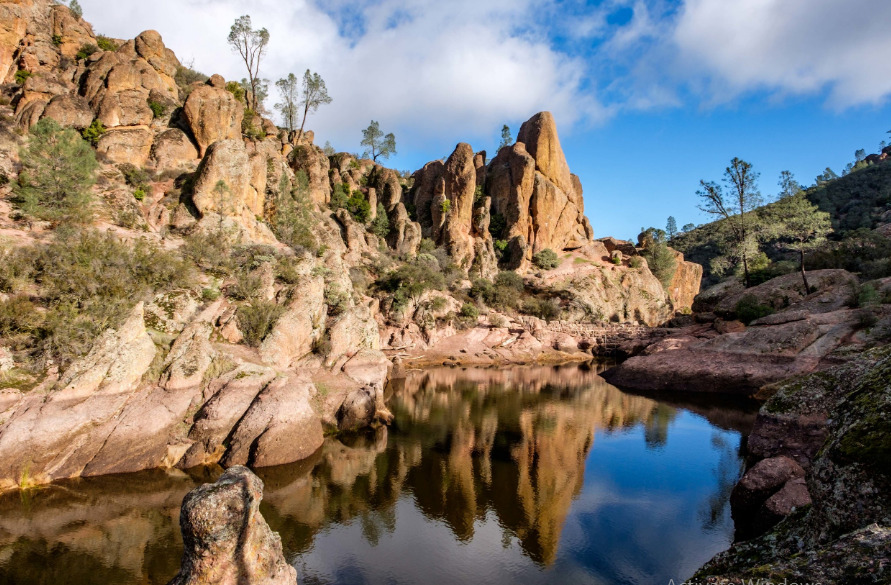
Pinnacles National Monument was the previous name for the area before it was upgraded to the status of a national park in 2013. President Theodore Roosevelt was the one who bestowed the name upon the area. The park is visited by around 250,000 people each year in the contemporary era, including a significant number of people travelling in recreational vehicles and an even greater number of wildlife animals.
Hiking At Pinnacles National Park
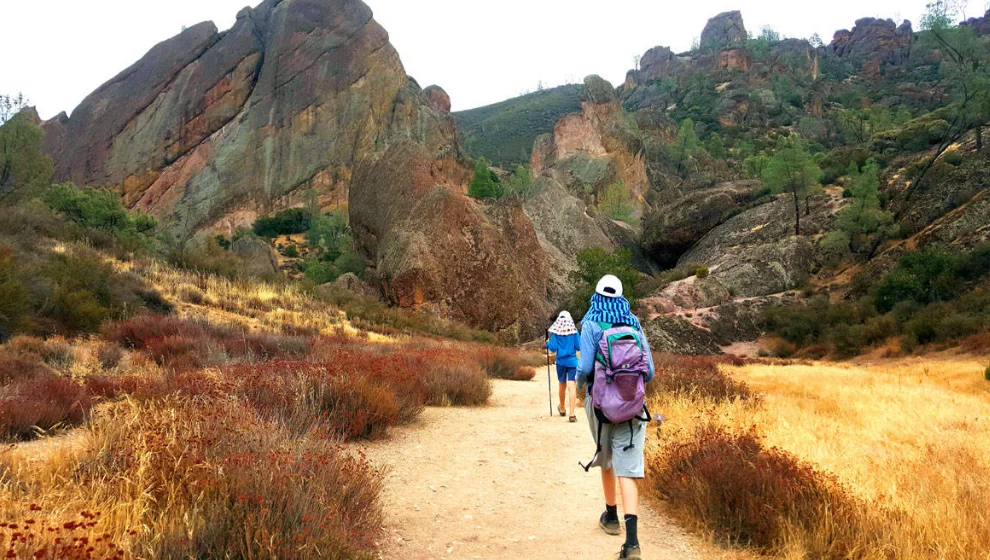



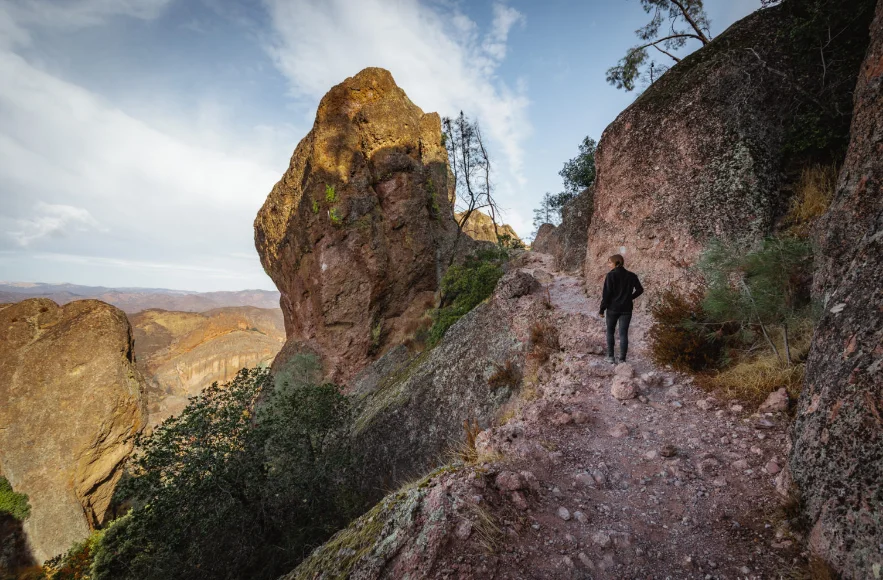
Pinnacle National Park is a great place to get out on the trails and see nature without any distractions. You can avoid the crowds and the scorching heat by hiking around the park in the winter and still experience all the amazing vistas the park offers. Winter is the wet season, so checking the forecast before heading out on a hike is important, as floods might make certain paths unsafe.
Programs for Winter Rangers
Attending one of the many ranger programs offered within Pinnacle National Park is a fantastic opportunity to get acquainted with the park’s history, landscape, and wildlife during your stay. To get the most out of your wintertime visit, check the park’s event schedule to see what programs are offered.
Caving At Pinnacles National Park
Bear Gulch Cave and Balconies Cave are both excellent destinations for bat enthusiasts. Townsend’s big-eared bats have made this cave their home, and their maternity colony is the largest between San Francisco and Mexico. The cave’s opening and closing periods are determined solely by the needs of the bats that live inside. Bats tend to congregate more heavily in the caverns during the winter because that’s when they hibernate.
Beautiful Drive At Pinnacles National Park
Both of the park’s entrance routes offer beautiful scenery; however, it may require more work to get between the park’s two ends. If you are driving a huge vehicle, you should stay on the east side of Highway 146. As you travel, be aware of potential animal crossings and adhere strictly to posted speed restrictions.
Observing Mountains At Pinnacles National Park
Pinnacles National Park’s peaks sparkle even more when blanketed in snow during the winter, but they’re stunning year-round. Only leave Pinnacles National Park to capture an image of this winter wonderland. Several hiking trails will allow you to glimpse the snowy peaks from the comfort of your car or while on the road.
Campground Store At Pinnacles National Park
The Campground Store at Pinnacles National Park has air conditioning if you need a break from the summer heat. The convenience of a store within the park reduces the need to travel elsewhere in search of necessities. Food, water, and trinkets, which would make fantastic gifts to take home with you, are typical store fare.
Photography At Pinnacles National Park
Pinnacles National Park’s diverse topography, vistas, caves, meadows, wildflowers, and wildlife make it a photographer’s paradise. Taking pictures is a terrific way to remember your time in this amazing national park and share those memories with others after you leave.
Picnicking At Pinnacles National Park
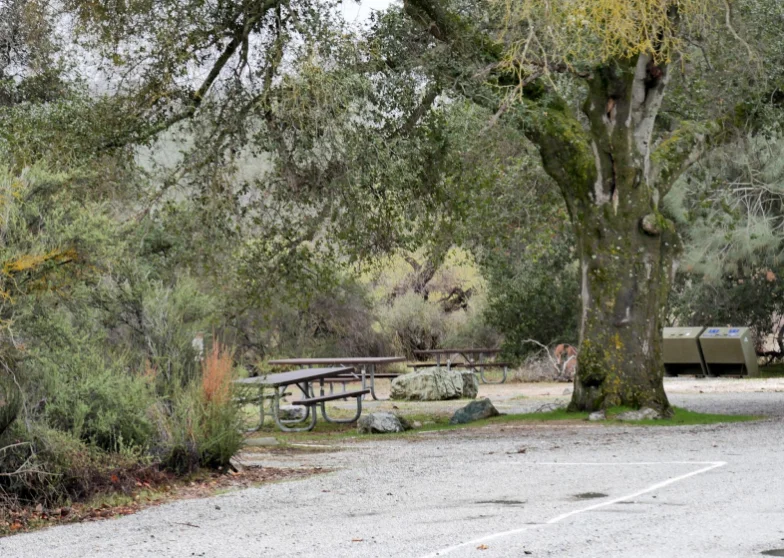
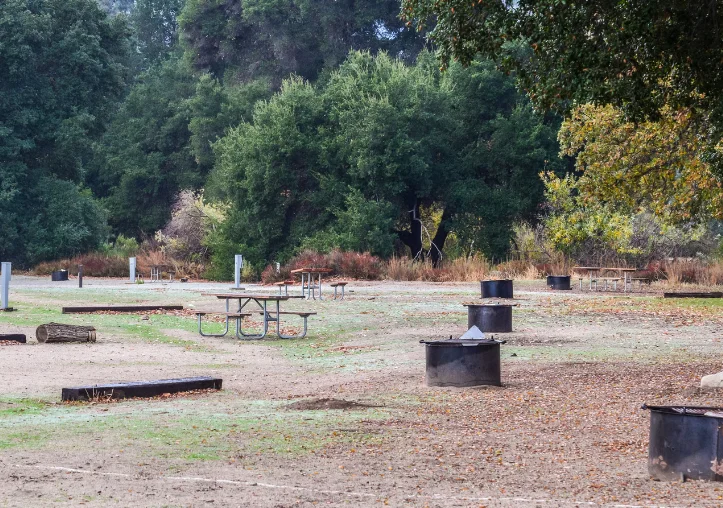
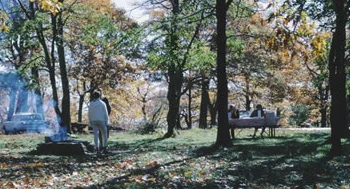
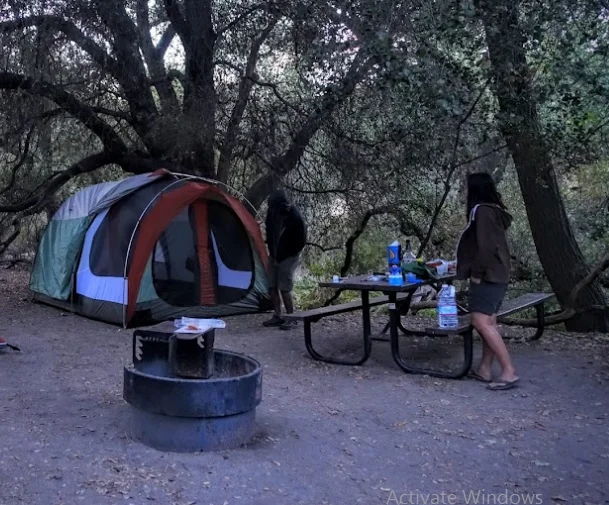
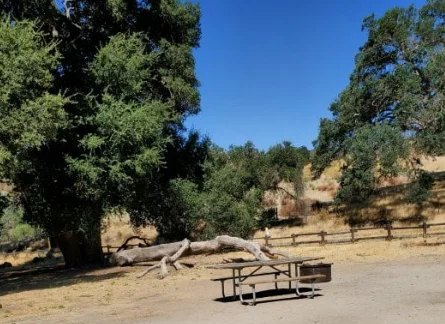
A picnic at Pinnacles National Park is the best idea ever. Enjoy the breathtaking surroundings as you dine on a delicious lunch with some of the best people you know. Among the many wonderful options available are three distinct picnic spaces, each with its facilities (including bathrooms, barbecues, and toilets). If you decide to picnic here, please remember to take your rubbish with you so we can all keep this park looking its best.
Address: California 95043, United States
Phone: +1 831-389-4485
Established: January 10, 2013
Area: 26,606 acres (107.67 km2)
Visitors: 222,152 (in 2018)
Management: National Park Service


You must be logged in to post a comment.